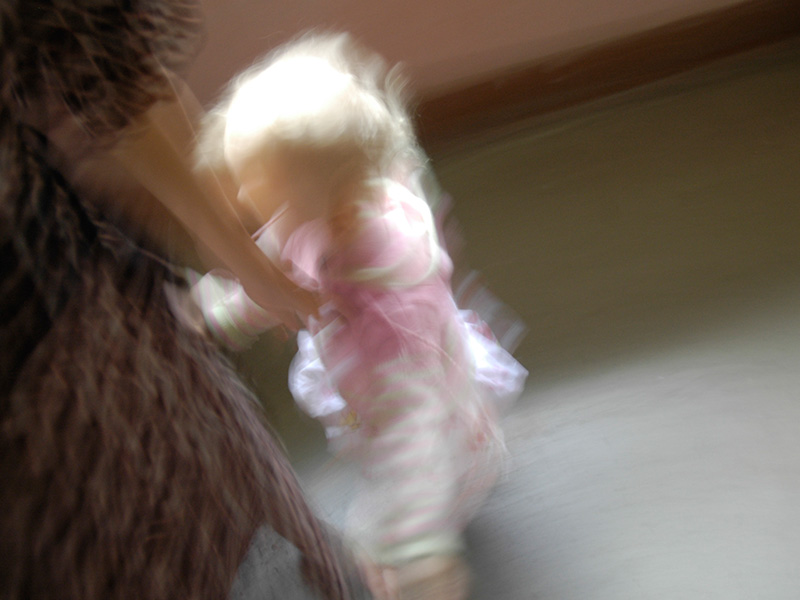There’s about one month between Purim and Passover, little enough time to get rid of the mishloach manot and prepare for matzah! These are both very intense holidays, though on the scale of importance, Passover dominates.
Yet there are many links between the two holidays. Both could be subsumed under the aphorism, “They tried to destroy us, we survived; let’s eat!” In both cases, food is an integral part of the holiday and its celebration.
We could not imagine either without the special foods and eating patterns that mark these celebrations. Food gifts are commanded at Purim and we eat a festive meal. But the fullest symbolic use of food is found at the seder, when the story cannot be told without the specific foods visible in front of us. Each portion has its own fragment of the experience, all combined to enable our own experience of a long-ago redemption from slavery.
READ: PASSOVER COOKING FOR EVERY ALLERGY
The use of symbolic foods is so startling and encompassing that I create a seder for my students in the course I teach on food and religion. (Yes, it means I create a seder twice a year; crazy me!)
But there are other significant connections. Both ancient events apply the command to tell the story. Each narrative lives on in our imagination, identity and heritage through the associated chronicles. We tell the stories in the same way, year after year. The text establishes a degree of unity across the diversity of communities, families and centuries. But with each telling, we add our own visions and values, ever renewing the message and the significance, linking our current stories with ancestral traditions in ways unique and common, all of which gives life not just to our celebrations, but also to our families and us. Celebrating these ancient events renews our own connections as Jewish individuals and as a people.
Significantly, this enables us to focus on the next generation, and that shared trait is one I would enhance and emphasize.
Both holidays preserve a child’s outlook. By that, I mean that both Purim and Passover locate their message in the world of children, ensuring that there is fun, joy and excitement linked to the more serious content. On Purim, children love the masks and noisemakers. We are reminded of that every year as the noise level peaks when Haman’s name is read. Imagine letting children make noise –nay, demand that they make noise – in a house of worship! Such lovely silliness. Youngsters also love giving and receiving all that candy in the mishloach manot. What’s not to love!
Likewise, examine the Passover Haggadah, with its attempts to encourage child participation. Every year I am stunned by the challenge of keeping the children fully awake and involved. How many sit patiently at the table, eager to display their knowledge of the Four Questions? How many wait breathlessly to steal, then hide and barter the afikoman? How many wait even longer to sing our silly, fun songs at the end?
Passover is truly an example of a people’s determination to be serious and instructive, certainly not at the expense of the enjoyable. Each holiday uses some variation of silliness to match the gravity of the event. The results are, of course, to be determined in every generation. But so far, we are managing. Even amongst those who never go to synagogue and for whom many of the traditions have disappeared, these holidays (along with Chanukah) play an enduring role.
We have so many varied ways of involving our children, all so much fun in such serious celebrations. The difficulty is one of managing all the diverse streams and interests. But one may never ignore the child’s involvement. They are our authentic reason for all of this. Without them, we have no motivation in telling the stories, no reason to keep eating these symbolic foods. They are our identity, our birthright and our future.
